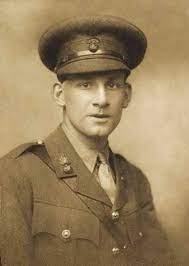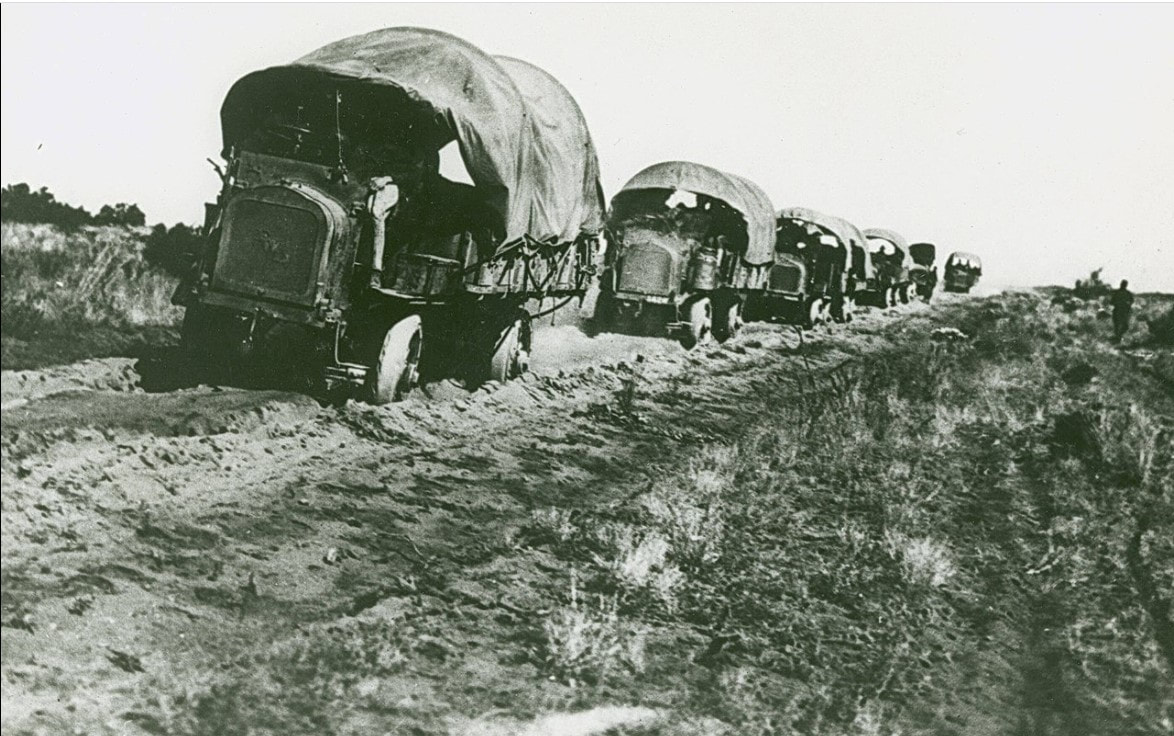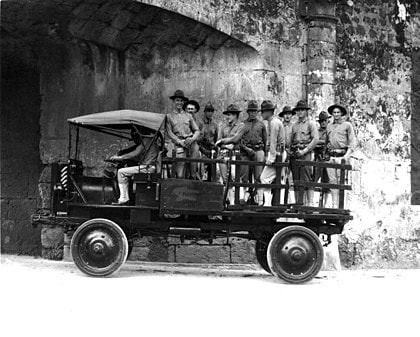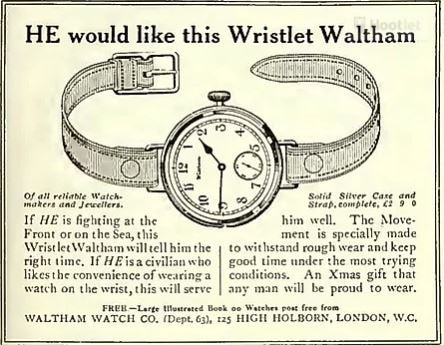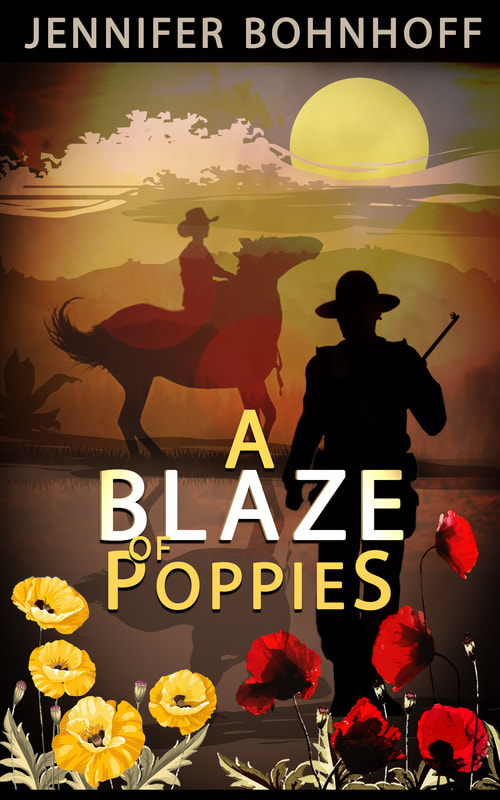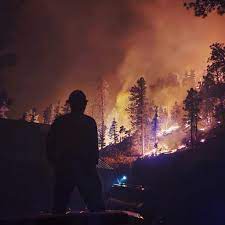
The war had been winding down for a while already. Russia had left the war in March, 1918, when they agreed to the Treaty of Brest-Litovsk, in which they turned over Finland, the Baltic provinces, parts of Poland and Ukraine to the Central Powers. Other armistices had taken Bulgaria, the Ottoman Empire and the Austro-Hungarian Empire out of the fighting.

Although the Armistice was officially signed at 5:45 a.m., it did not come into effect until 11am. This was to allow time for the news to reach combatants. There is no reason why 11am was chosen except for the symmetry of the numbers. Fighting continued in many sections of the front right up until the appointed hour, resulting in 10,944 casualties. 2,738 men died on the last day of the war. This led to controversy after the war. In the United States, Congress opened an investigation to find out why and if blame should be placed on the leaders of the American Expeditionary Forces. In France, many graves of French soldiers who died on 11 November were backdated to 10 November.
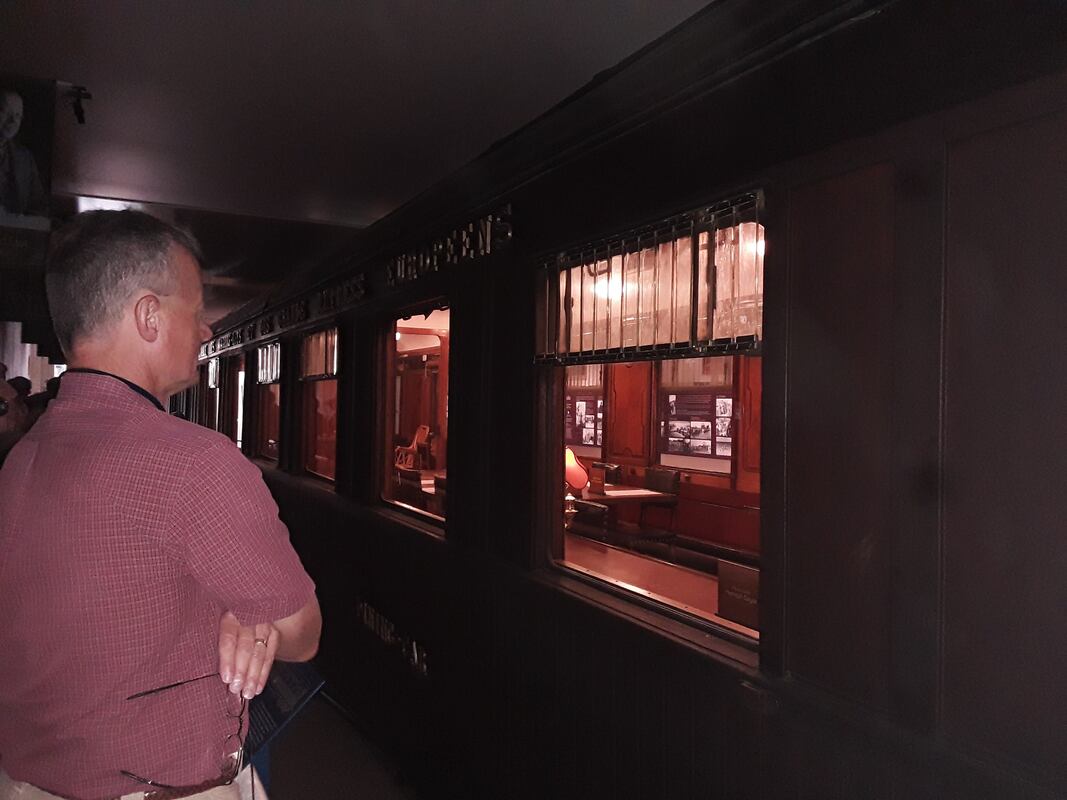 The author's husband looking into the restored train car. It is now kept in a dark room to preserve it.
The author's husband looking into the restored train car. It is now kept in a dark room to preserve it. When 11a.m. finally did arrive, the guns fell silent along most of the line. In some places, men on both sides laid down their arms, crossed the line, and shook hands. In other places, there was cheering and applause. But in general, soldiers were too tired and too wary that this was an illusion to do anything to celebrate. One British corporal reported: "...the Germans came from their trenches, bowed to us and then went away. That was it. There was nothing with which we could celebrate, except cookies."
 The Peace Memorial at Compiègne
The Peace Memorial at Compiègne Although the armistice ended the fighting on the Western Front, the war did not actually, officially conclude until much later. The armistice that began on November 11 lasted until December 13, when the parties involved renegotiated terms that held until January 16, 1919. The peace was delayed two more times before June 28, when the Treaty of Versailles, was finally signed. The treaty was ratified, and the world was finally officially at peace on January 10, 1920.
